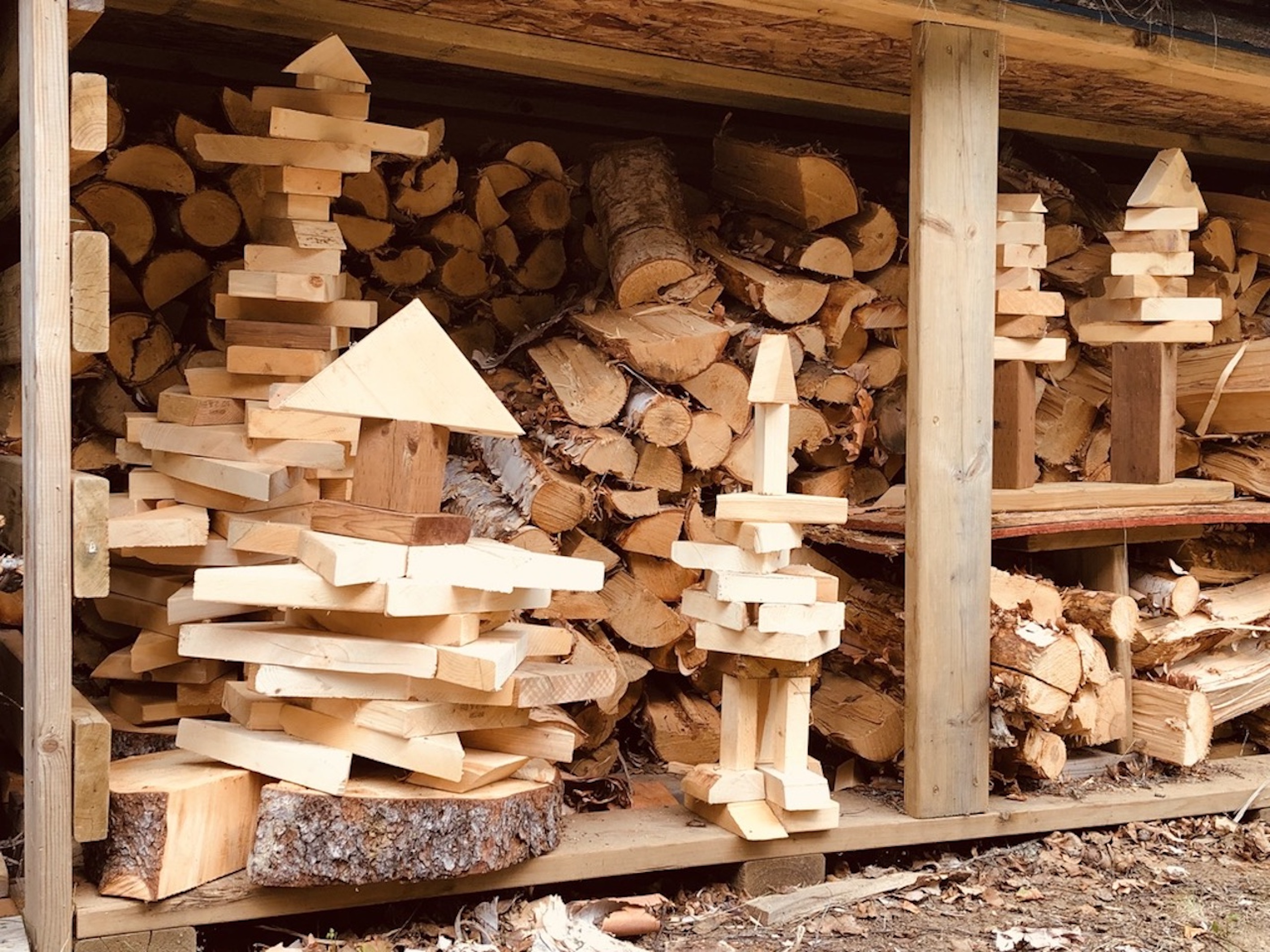Effondrement des tours : une lettre à l’enseignant de mon enfant
DOI :
https://doi.org/10.25071/1916-4467.40767Mots-clés :
genre épistolaire, mesures, étude de programme, éditorial JCACSRésumé
Utilisant le genre épistolaire, cet éditorial se trouve intégré dans une lettre fictive adressée à un enseignant. La discussion est déclenchée par un enseignant après avoir apposé une note au feutre gras directement sur la reproduction de la tour Eiffel d’un élève. Cette enquête réflexive déplore la détérioration de la joie d’apprendre par la mesure et le rendement, tout en affirmant l’impératif de changer cette voie. En utilisant la métaphore de la « tour » pour théoriser des pratiques curriculaires actuellement dommageables, cet éditorial interroge la manière dont, au milieu de l’incontrôlable et de la peur suscité par une pandémie mondiale, de vérités difficiles des tombes anonymes, des désastres climatiques dévastateurs, de l’insécurité alimentaire mondiale, entre autres souffrances, les enseignants peuvent imaginer des pédagogies inspirées de l’espoir, centrées sur la guérison et une « mutualité affirmée par l’action commune, l'interconnexion et la capacité d'agir et de mettre en œuvre, par opposition à la capacité de contrôler les autres » (Kreisberg, 1992, p. 86; traduction libre). La tâche de reconnaître, de nommer et de démanteler les tours—c’est-à-dire de quitter sa maison et de construire de nouveaux cadres relationnels, alors que le monde s'écroule—exige un espoir extraordinaire, comme le montrent les articles de cette édition.
Références
Akomolafe, B. (2012). Kinship: Belonging in a world of relations [Endorsement for book series]. Center for Humans & Nature. https://www.humansandnature.org/kinship
Cole, A. L., & Knowles, J. G. (2001). Qualities of inquiry: Process, form, and ‘goodness’. In A. L. Cole & J. G. Knowles (Eds.), The art of writing inquiry. Backlog Books & Centre for Arts-informed Research.
Dissanyake, E. (2000). Art and intimacy. University of Washington Press.
Edel, L. (1984). Writing lives: Principia biographica. N. W. Norton.
Eisner, E. W. (1981). On the differences between scientific and artistic approaches to qualitative research. Educational Researcher, 10(4), 5-9. https://doi.org/10.3102/0013189X010004005 DOI: https://doi.org/10.3102/0013189X010004005
Gibran, K. (1923). The prophet. Alfred A. Knopf.
Hytten, K. (2010). On being wider-awake in the world. In R. Lake (Ed.), Dear Maxine: Letters from the unfinished conversation with Maxine Greene. Teachers College Press.
Kreisberg, S. (1992). Transforming power: Domination, empowerment and education. State University of New York Press.
Sameshima, P. (2007). Seeing Red: A pedagogy of parallax. Cambria Press. DOI: https://doi.org/10.17077/2326-7070.1405
Sameshima, P. (2013). Slow love: Living and teaching through Rilke letters. In T. Kress & R. Lake (Eds.), We saved the best for you: Letters of hope, imagination and wisdom to 21st century educators (pp. 231-238). Brill / Sense. https://doi.org/10.1007/978-94-6209-122-1_51 DOI: https://doi.org/10.1007/978-94-6209-122-1_51
Sameshima, P., Katz, R., Shariff, S., & Dietzel, C. (2020, Oct.). Novel, educational and legal responses to technology-facilitated sexual violence. AoIR Selected Papers of Internet Research. https://doi.org/10.5210/spir.v2020i0.11146 DOI: https://doi.org/10.5210/spir.v2020i0.11146
Sameshima, P., & Slingerland, D. (2015). Reparative pedagogy: Empathic aesthetic learning. Canadian Review of Art Education, 42(1), 1-21.
Société d’exploitation de la Tour Eiffel (SETE; n.d.). https://sete.toureiffel.paris/en
Thomashow, M. (1995). Ecological identity: Becoming a reflective environmentalist. Institute of Technology Press.
Truth and Reconciliation Commission of Canada. (2015). Honouring the truth, reconciling for the future: Summary of the final report of the Truth and Reconciliation Commission of Canada. https://nctr.ca/about/history-of-the-trc/trc-website/
Van Horn, G., Wall Kimmerer, R., & Hausdoerffer, J. (2021). Kinship: Belonging in a world of relations [Book series]. Centre for Humans and Nature. https://www.humansandnature.org/kinship
Téléchargements
Publié-e
Comment citer
Numéro
Rubrique
Licence
© Pauline Sameshima 2021 
Copyright for work published in JCACS belongs to the authors. All work is licensed under a Creative Commons Attribution-ShareAlike 4.0 International license.


